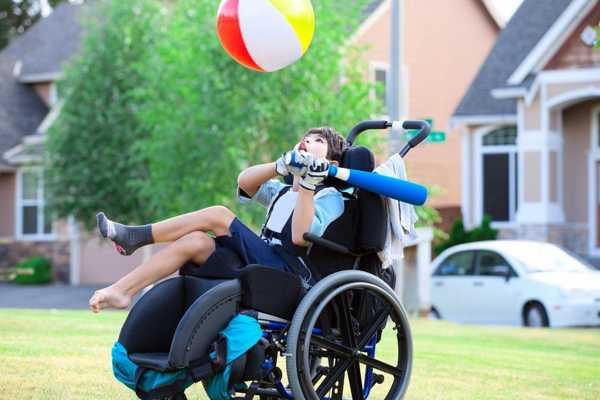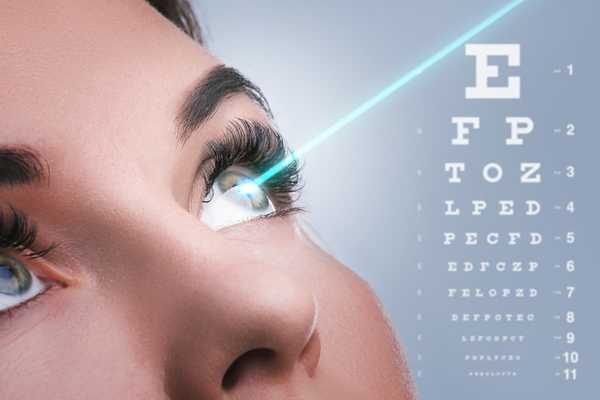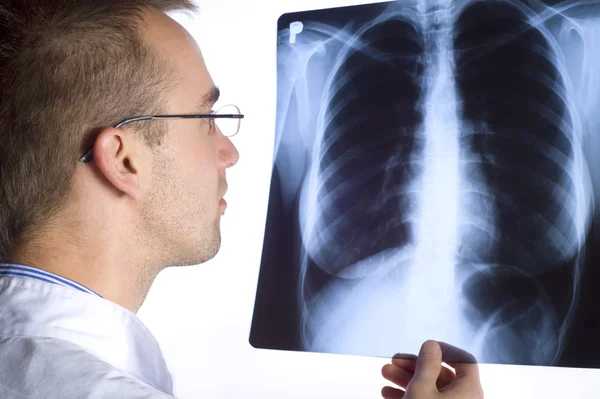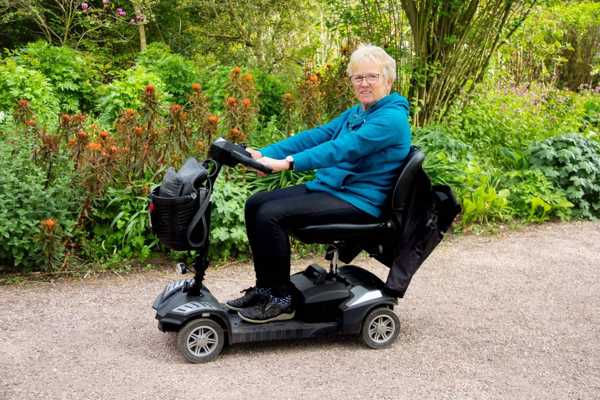Common Signs and Symptoms of Spinal Muscle Atrophy (SMA)
Spinal muscular atrophy (SMA) is a hereditary motor neuron disease that severely impacts voluntary muscle control. It disrupts signals from the brain to the muscles, affecting movement in the face, throat, chest, arms, and legs. As a progressive disorder, SMA leads to muscle wasting, stiffness, uncontrollable twitching, and eventually a loss of voluntary movement. This condition is fatal as it causes complete loss of chest muscle function, ultimately leading to respiratory failure.
Spinal muscular atrophy (SMA) is a hereditary motor neuron disease that severely impacts voluntary muscle control. It disrupts signals from the brain to the muscles, affecting movement in the face, throat, chest, arms, and legs. As a progressive disorder, SMA leads to muscle wasting, stiffness, uncontrollable twitching, and eventually a loss of voluntary movement. This condition is fatal as it causes complete loss of chest muscle function, ultimately leading to respiratory failure.

Types of Spinal Muscular Atrophy (SMA)
SMA is classified into three types, distinguished by the age of onset, symptoms, and severity. The progression and prognosis vary for each type.
SMA Type 1 (Werdnig-Hoffman Disease)
This type typically affects infants aged 6 months or younger. SMA Type 1 is the most severe form and can lead to respiratory failure before the age of 2. Common signs and symptoms include:
• Weak fetal movements during early pregnancy
• Loss of tendon reflexes
• Decreased limb motion
• Fasciculations (uncontrolled twitching) and tremors
• Severely compromised muscle tone (hypotonia)
• Swallowing, feeding, and breathing impairments
• Skeletal abnormalities such as scoliosis
Children with SMA Type 1 will not be able to sit or stand and will require significant medical support.
SMA Type II
This form affects children between the ages of 6 and 18 months. While prognosis is still poor, many individuals with SMA Type II live into their young adulthood before respiratory failure sets in. Symptoms include:
• Difficulty sitting without support
• Inability to stand or walk without assistance
• Respiratory issues, such as increased susceptibility to respiratory infections
• General weakness similar to Type I but with a slightly slower progression
SMA Type III (Kugelberg-Welander Disease)
This form typically presents in children or young adults aged 2 to 17 years. It mainly impacts the lower extremities and can be managed with medical care, allowing many individuals to live into adulthood. Symptoms include:
• Muscle wasting and weakness, particularly in the lower limbs
• Small tremors in the fingers
• Difficulty with running, walking, and climbing stairs
• Challenges rising from a seated position
• Scoliosis (muscle and tendon shortening around joints)
• Advanced risk of respiratory infections
With careful medical monitoring, individuals with SMA Type III can live relatively normal lives.
Kennedy's Disease (Progressive Spinobulbar Muscular Atrophy)
This form of SMA, often affecting those between 15 and 60 years of age, manifests later in life. Symptoms often include:
• Muscle fatigue and muscle pain
• Gradual weakening of the arms and legs
• Atrophy in the mouth muscles, including the jaw, face, and tongue
• Difficulty with speech, chewing, and swallowing
• Fasciculations and tremors
• Enlarged male breasts
• Sensory neuropathy, leading to inflammation and pain in nerves
• Increased risk of noninsulin-dependent diabetes mellitus
Kennedy's Disease generally has a slower progression compared to the other types of SMA.
Congenital Spinal Muscular Atrophy with Arthrogryposis
This rare SMA condition leads to severe joint contractures and abnormal posturing of affected limbs. It often includes symptoms such as:
• Drooping eyelids
• Jaw issues (difficulty with movement)
• Scoliosis
• Respiratory problems due to chest deformities
This form is characterized by the permanent shortening of the joints, making movement increasingly difficult over time.
Conclusion
Spinal muscular atrophy (SMA) presents differently depending on the type and age of onset. Early detection and diagnosis are essential for managing the disease effectively. Understanding the key symptoms associated with each type of SMA helps both patients and healthcare providers take the necessary steps to manage the condition and improve quality of life. If any of these symptoms are observed, it is important to seek medical advice to develop an appropriate care plan.








